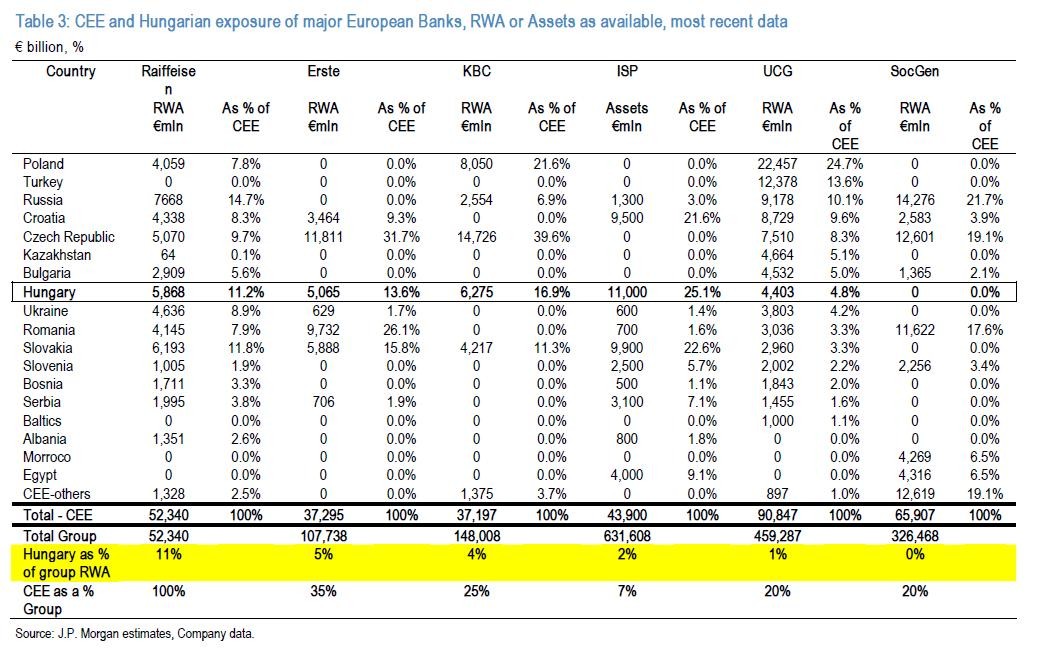Backpedaling to nowhere In 2007 Bernanke said ‘regulatory changes’ were to blame for subprime
Post on: 16 Март, 2015 No Comment

September 26, 2008
After the first subprime-related collapse of the market in August 2007, Federal Reserve Chairman Ben Bernanke addressed the financial-services committee on September 20, 2007, to discuss subprime lending and the spate of foreclosures across the country. Of course, this was at least three years after subprime mortgages with ballooning rates were decimating families and neighborhoods: Here’s what he said:
expansion was fueled by innovations–including the development of credit scoring–that made it easier for lenders to assess and price risks. In addition, regulatory changes and the ongoing growth of the secondary mortgage market increased the ability of lenders, who once typically held mortgages on their books until the loans were repaid, to sell many mortgages to various intermediaries, or “securitizers.”… This “originate-to-distribute” model gave lenders (and, thus, mortgage borrowers) greater access to capital markets, lowered transaction costs, and allowed risk to be shared more widely.
Yet barely anything was done to clean-up the subprime mess ruining neighborhoods nationwide, and the investment firms continued to run unabated even after the August warning, often with debt far exceeding capital and with SEC exemptions allowing them to do so. And while the federal government stalled on creating any regulations for lenders, states began enacting their own anti-predatory lending laws to temper the feeding frenzy and fraud.
Then, in July of this year, nearly a year after the harbinger of doom that caused the crisis in August of 07, the Treasury Department discussed creating regulations that would be “slow and difficult.” When Barney Frank asked Bernanke and Treasury Secretary Henry Paulson, “I gather what you’re saying is, it is better, in this very complex and very important set of issues, that we do it right than that we do it very quickly?” both Bernanke and Paulson nodded in agreement.
Now today, just like the swift-vote resolution in 2002 that gave Bush the authority to invade Iraq, Bush, Bernanke, and Paulson are urging a lightening-fast resolution in order to avert serious financial “panic” and meltdown.
It begs these questions: Why did it take so long for Bernanke and Paulson to enact any sort of regulation given that they knew what was coming? And if they wanted to wait to create such a “thoughtful” resolution to the crisis, why are they moving so quickly to get a bailout passed that has little regulation and a handout to the investors who helped create the mess in the first place? And one more thing: Should Paulson and Bernanke still have jobs?
©2008 Minnesota Independent














